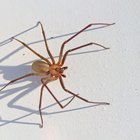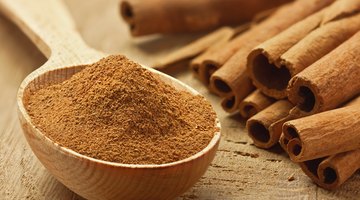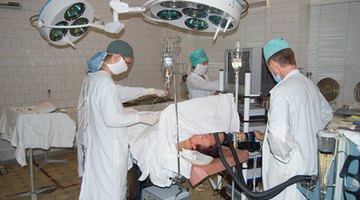First Stages of Brown Recluse Bites
The brown recluse is a spider found almost exclusively in the southwestern and midwestern United States. As its name suggests, the brown recluse tends to reside in hidden areas, such as closets, attics, barns, and piles of rocks or wood.
It is a poisonous spider, releasing a toxic venom into the skin during each bite. The venom contains chemicals that break down tissues.
Over the first 24 hours after a brown recluse bite, symptoms appear in stages. Pain and redness occur early, whereas blisters appear later.
Initial Symptoms
When a brown recluse spider initially bites a person, it often produces no pain at all. Many people do not even know they have been bitten. When it is felt, the bite generally appears as a mild stinging sensation similar to a bee sting.
Early Symptoms

Are Brown Recluse Bites Fatal to Infants?
Learn More
Over the next 1 to 8 hours, redness and pain develop as the venom starts to destroy tissue in the area of the bite. The body also mounts an immune response against the venom, producing inflammation that further increases the redness. Swelling and itchiness often occur at the site of the bite as well. Sometimes the itchiness becomes generalized, affecting wide areas of the body.
Later Symptoms
With mild bites, the early symptoms slowly improve and no additional symptoms appear. With more severe bites, the area worsens. As more tissue in the center of the bite area becomes destroyed, the center becomes whitish, purplish or bluish. About 24 or more hours after the bite, a blister may appear in the center.
At first the blister contains white fluid, but it often later fills with blood.
The blister will eventually break, producing a blackish scab. As the scab falls off, a large open sore -- called an ulcer -- remains. Ulcers usually do not appear until at least 7 days after the bite, according to a May 2017 article published in “JAMA Dermatology.” They may take up to 12 weeks to heal and may leave behind a large scar.
Precautions and Warnings

Pimple Breakout With Strep
Learn More
If you think you have been bitten by a brown recluse spider, seek prompt medical attention. Bring the spider with you if possible. Although the bite may seem minor at first, it will often become worse. The area may also become infected, especially if it is not kept clean.
About 25 percent of people develop a mild generalized reaction after a brown recluse bite, according to a review article in the February 2005 issue of “The American Journal of Nursing.” This may produce nausea, vomiting, muscle or join pain, sweating, chills or a generalized rash.
About 10 percent of people will develop a severe generalized reaction, especially young children. This can cause kidney failure, blood problems such as decreased ability to form clots or destruction of red blood cells, seizures, coma or even death. A severe reaction may not become apparent until 24 to 72 hours after the bite.
Reviewed by: Mary D. Daley, M.D.
Related Articles
- JAMA Dermatology: NOT RECLUSE—A Mnemonic Device to Avoid False Diagnoses of Brown Recluse Spider Bites
- Merck Manual Consumer Version: Spider Bites
- Merck Manual Professional Version: Spider Bites
- The American Journal of Nursing: Brown Recluse Spider Bites
- Journal of the American Podiatric Medical Association: Brown Recluse Spider Bite. Two Case Reports and Review
- Acute and Chronic Wounds; Ruth Bryant and Denise Nix











